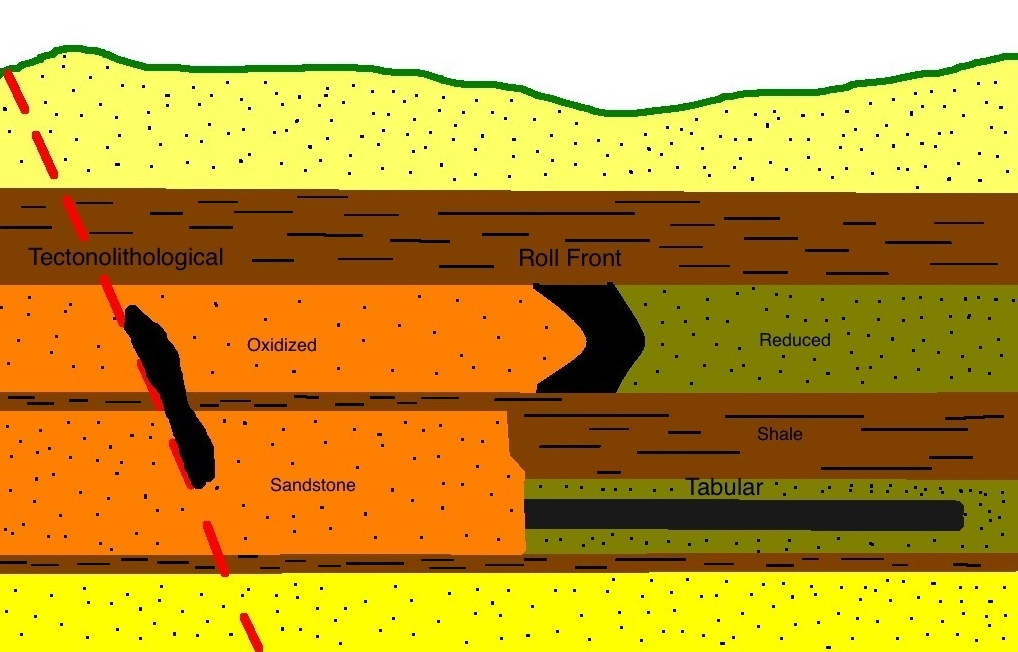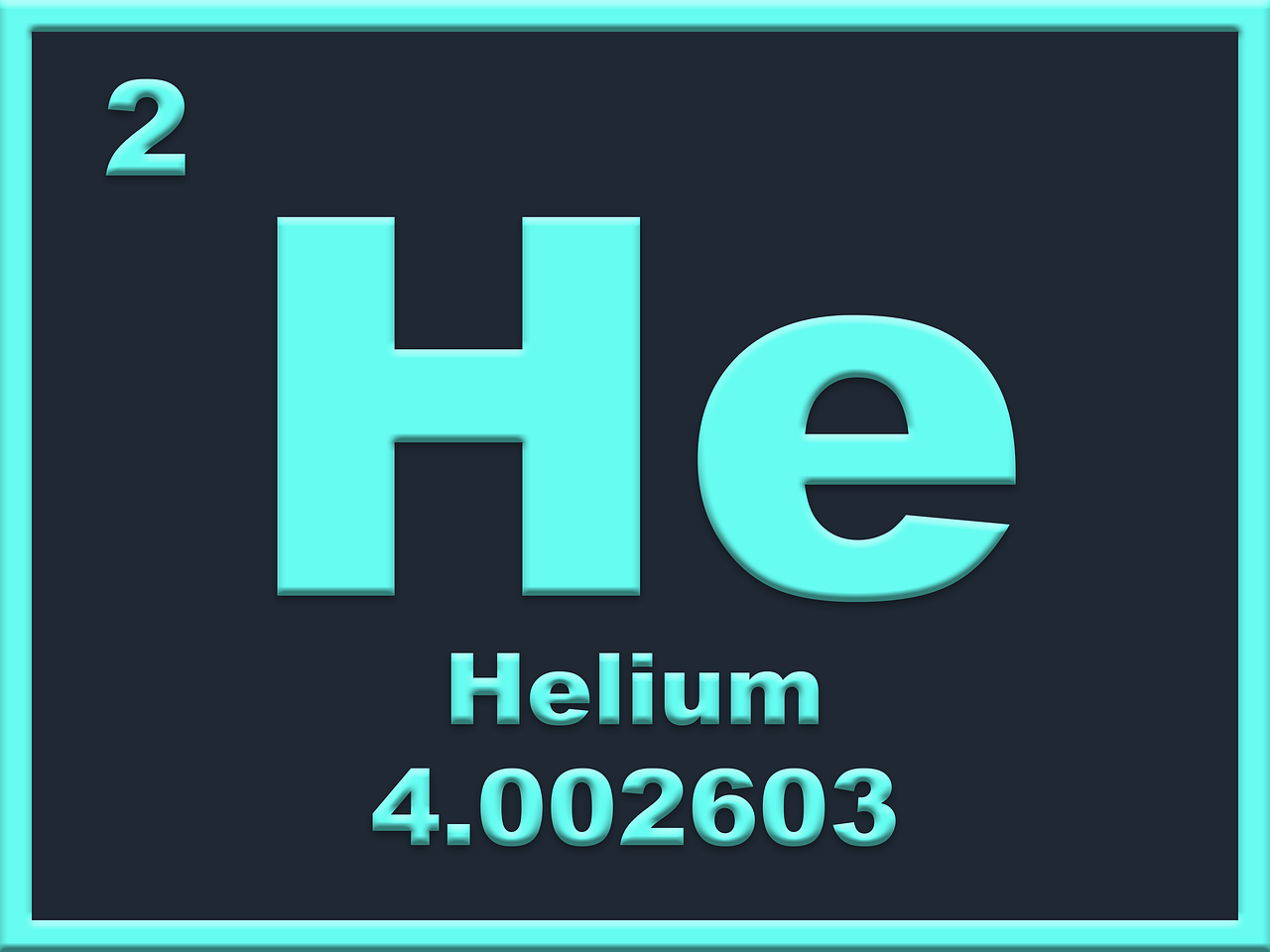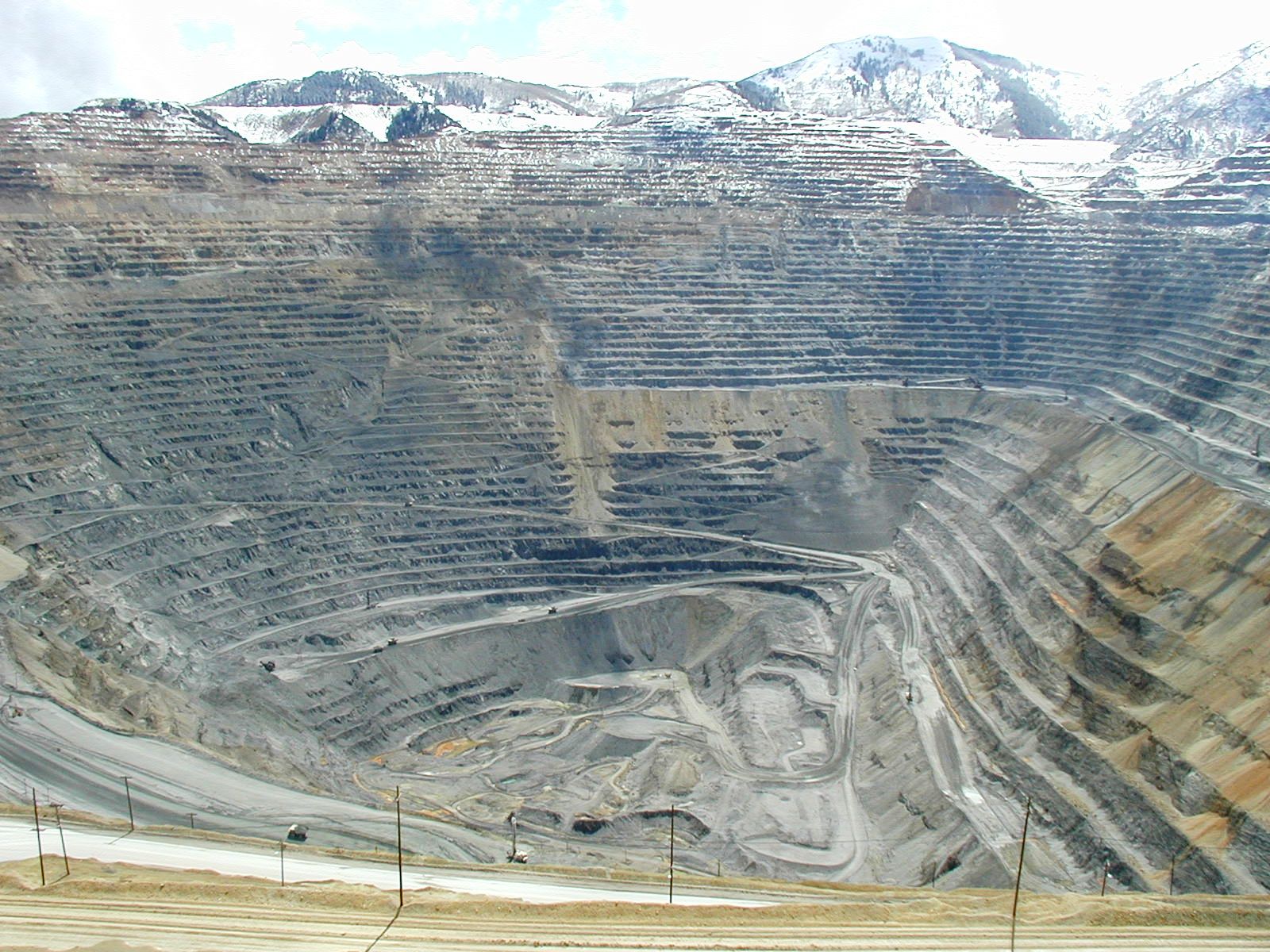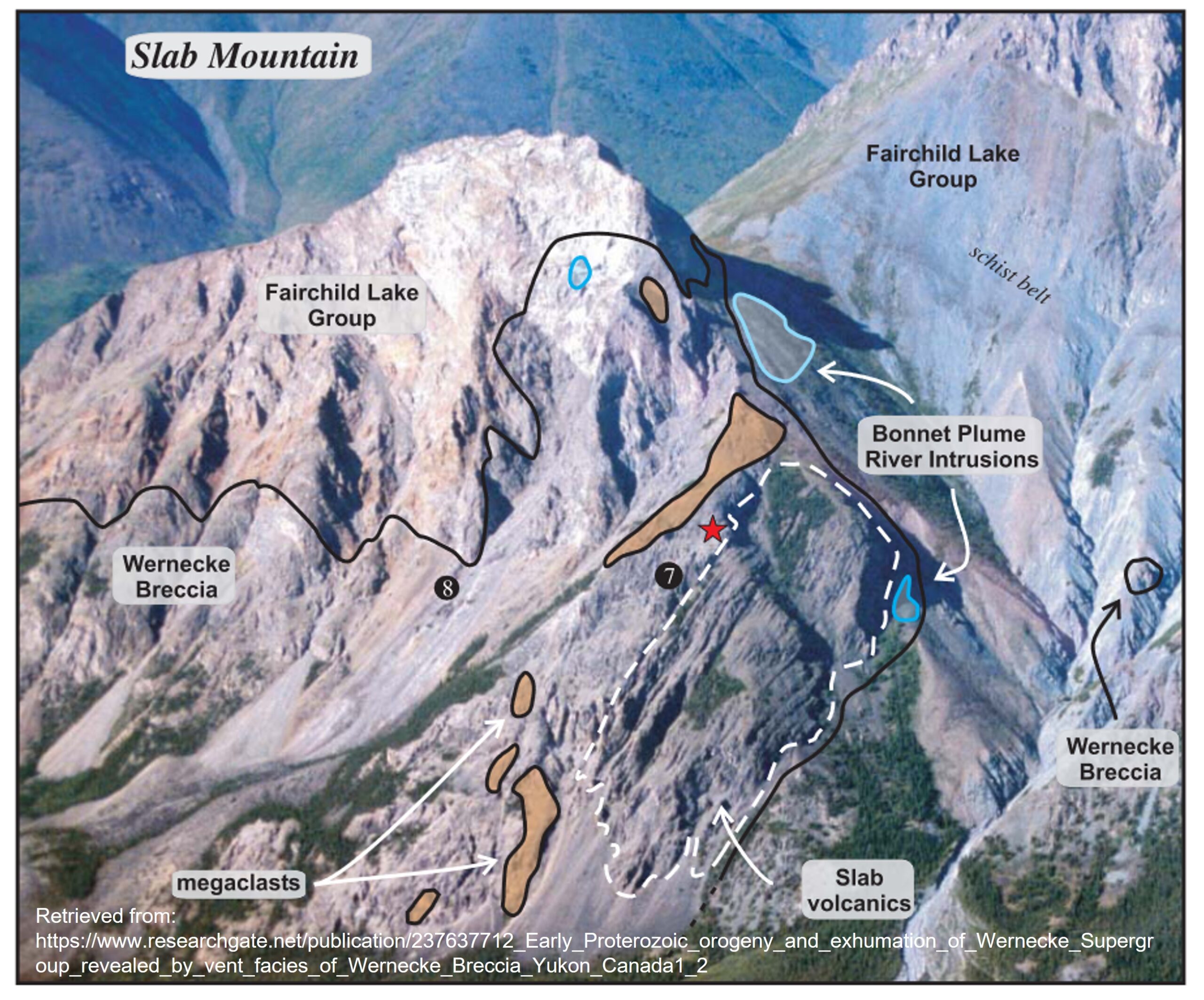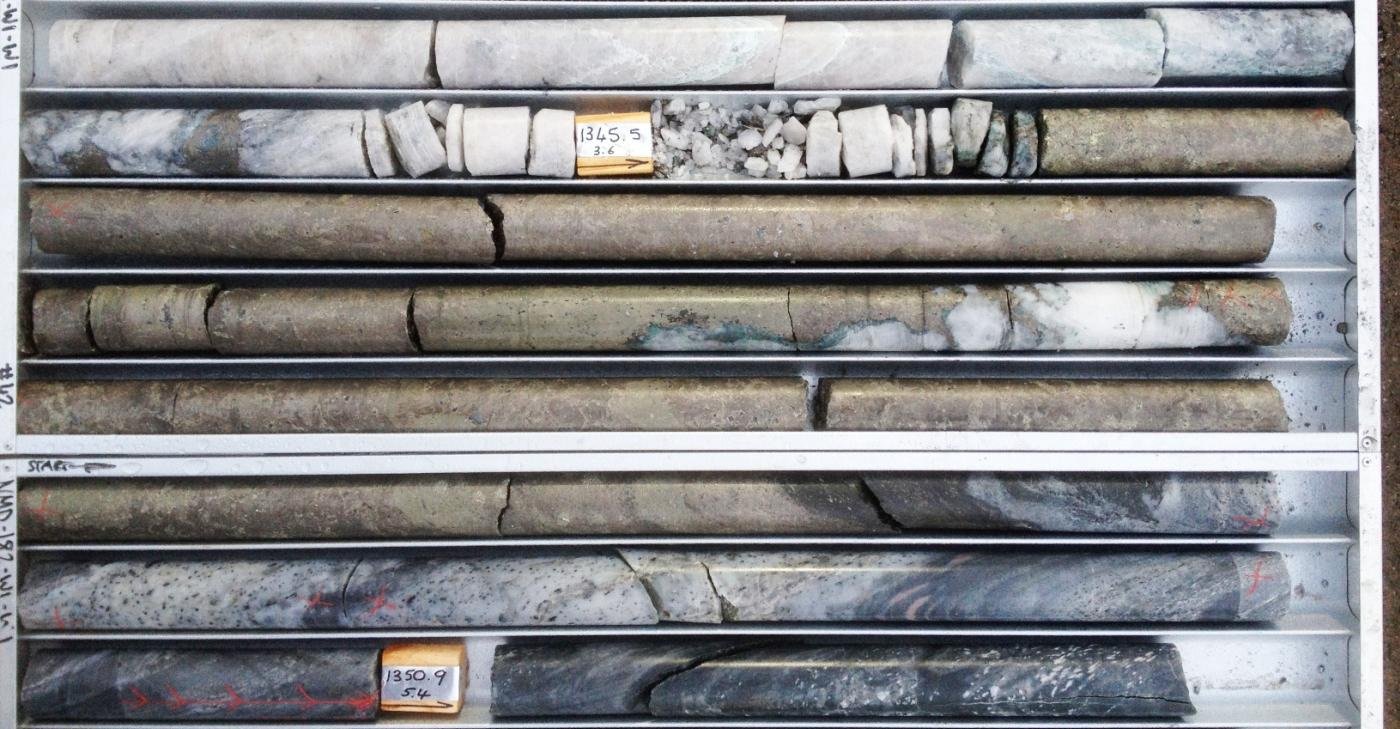Though they waited nearly ten years to explore their flagship Mary March property, they now at least have the benefit of more modern geophysical techniques.
[box type=”info” align=”aligncenter” ]Disclaimer: This is an editorial review of a public mining company press release and is not an endorsement. It may include opinions or points of view that may not be shared by the companies mentioned in the release. The editorial comments are highlighted so as to be easily separated from the release text and portions of the release not affecting this review may be deleted. Read more at How to Use this Site.[/box]
TORONTO, ONTARIO–(Marketwired – June 25, 2014) – Canstar Resources Inc. (Canstar); (TSX VENTURE:ROX) is pleased to announce the commencement of its summer exploration program, beginning with a ground geophysical survey at its Mary March Property near Buchans Junction, Newfoundland. Canstar will be implementing a deep-penetrating induced polarization (or “IP”) geophysical survey in order to enable maximum depth visualization on the property, with focus on the wide mineralization encountered near the Nancy April Zone. This type of technology and depth penetration represents the most detailed and comprehensive survey of its kind to have ever been conducted on the property and utilizes state-of-the-art geophysical methods. The results of this survey will be used for target generation where any new targets will be drilled in the subsequent drilling program also anticipated in the coming months.
[box type=”note” align=”aligncenter” ]
The Mary March property is a VMS prospect located near Canada’s famous Buchans mine in Newfoundland, Canada. The Buchans mine produced over 16 million tonnes of zinc, lead and copper from 1928 to 1984.
Canstar resources has held this property for more than a decade but exploration only began in 2012. The delay was due to a dispute with Vinland Resources who claimed to be the rightful owners of the property mineral rights. This dispute effectively put exploration on hold. It wasn’t until November 2011, after several appeals, that Vinland finally dropped it’s pursuit of the property. Canstar has a 50% interest in the property and is the operator (Xstrata holds the other 50%).
[/box]
2014 Induced Polarization Survey
In contrast to previous geophysical methods utilized on the Mary March Property throughout its exploration history, the IP method is not hindered by potential poor conductivities. It is now well established that the prevalent mineralization at Mary March is very similar to that of the former producing Buchans Mine, which is that of a zinc-rich mineralization with poor electro-conductive properties; the Buchans Mine was one of Canada’s all-time highest grade VMS ore producing 16.2 million tonnes averaging 14.50% Zn, 7.56% Pb, 1.33% Cu, 126 grams per tonne (g/t) Ag and 1.37 g/t Au between 1928 and 1984. By utilizing an IP geophysical method, Canstar hopes to detect these otherwise difficult-to-find mineralized areas where we understand there to be the highest potential for mineralization based on geology and previous drilling. The technology for IP geophysical methods has advanced in the last decade such that detection capabilities are now common to vertical depths in excess of 300 meters. Such advancements will greatly enhance Canstar’s capability in unraveling both the mineralization on the Mary March Property and the structure that controls it.
[box type=”note” align=”aligncenter” ]Induced Polarization Surveys (IP) are commonly used for the detection of dispersed metal sulfides, but may also used to detect larger masses of metal sulfides. Zinc and lead sulfide minerals are non-magnetic and poor conductors. This makes it difficult to detect these minerals with more traditional electromagnetic (EM) or magnetic surveys. IP surveys work by applying a charge to the ground and measuring its ability to hold a charge. This makes it well suited to searching for metallic, but non-conductive bodies.
A gravity survey might also be useful in this situation since metallic minerals would show up as a high-density mass contrasted against a background of less-dense host rock.[/box]
2014 Drilling Program
Canstar Resources actively plans to conduct a diamond drilling program on the Mary March Property. The Company has existing geological targets based on 2013 drilling as well as a very high priority geophysical target generated from the Borehole Electromagnetic surveys (“BHEM”) conducted in winter of 2014. Drilling is anticipated to commence shortly after the collection of data from the announced IP survey, which will be incorporated into the generation and refining of targets on the property. The Company will announce more details on the program upon commencement.
[box type=”note” align=”aligncenter” ]A borehole electromagnetic survey involves placing geophysical instruments in an existing drill hole and measuring for nearby electric conductors. Why use borehole EM when the target minerals are non-conductive? VMS deposits also contain iron sulfides such as pyrite and pyrrhotite which ARE conductive. These sulfides are usually located within the periphery of a VMS deposit. [/box]
2014 Kenora Gold Project
Canstar has commenced preliminary work on its recently optioned Kenora Gold Project and plans to conduct a reconnaissance mapping and sampling program in July of this year. This work will lead to the definition of key areas of highest potential where more detailed exploration work will be conducted. Work on the Kenora Gold Project will be ongoing throughout the year and developments from this work will be announced as they are compiled.
[box type=”note” align=”aligncenter” ]
With the mining industry in a weakened state, its a great time for companies to acquire cheap properties. Canstar’s Kenora Gold Project is a good example of this. Canstar optioned this property in April 2014 for a song: The company will pay a total of $18,200 in cash over two years and provide 200,000 shares after the end of the second year (current market value of $11,000). A few years ago few would have made such a deal, but now optioners are happy just to have someone working on their property.
The company will be performing “grass roots” exploration such as mapping and rock sampling on the Kenora Gold Project.
Canstar is currently trading at $0.07, close to it’s 52-week low of $0.055. The upside of waiting ten years to explore their flagship property is that they now have the benefit of more modern geophysical techniques. We can only hope the wait was worth it.
[/box]
Mr. Danniel Oosterman, P.Geo., the President and CEO of the Company, is a “Qualified Person” under National Instrument 43-101 and has reviewed the technical disclosure in this press release.
[box type=”success” align=”aligncenter” ]Have a company or release you’d like us to look at? Let us know though our contact page, through Google+, Twitter or Facebook.[/box]

